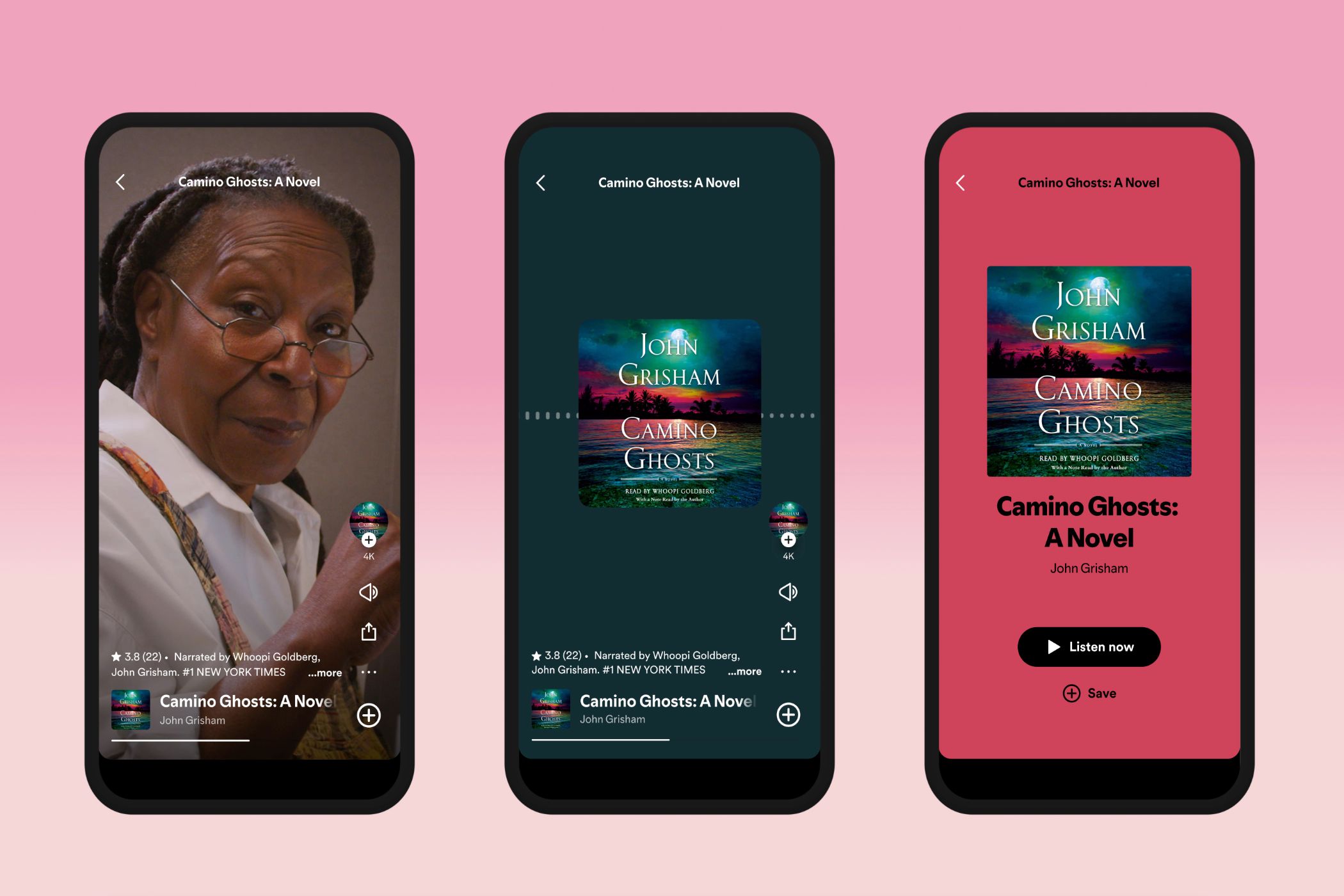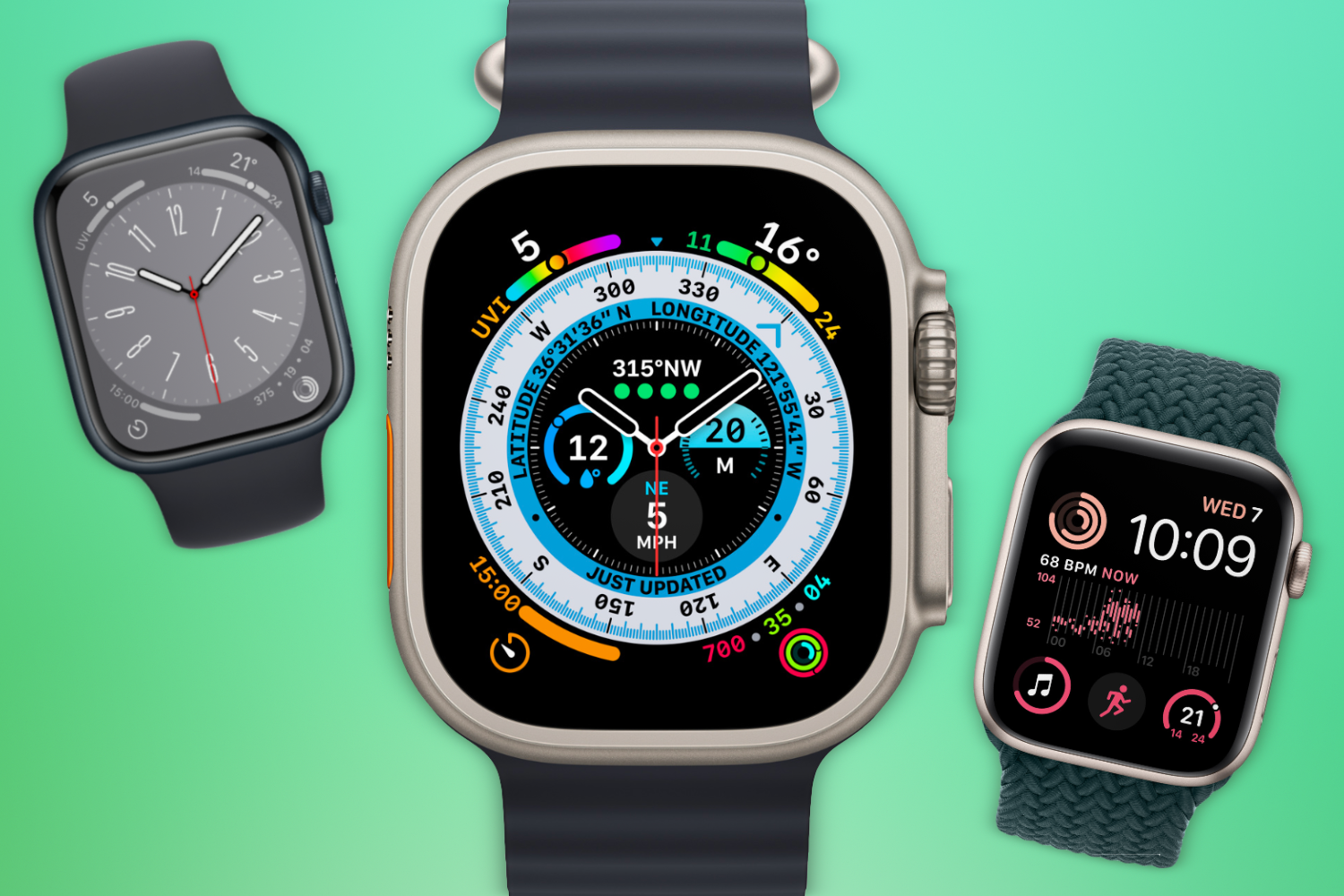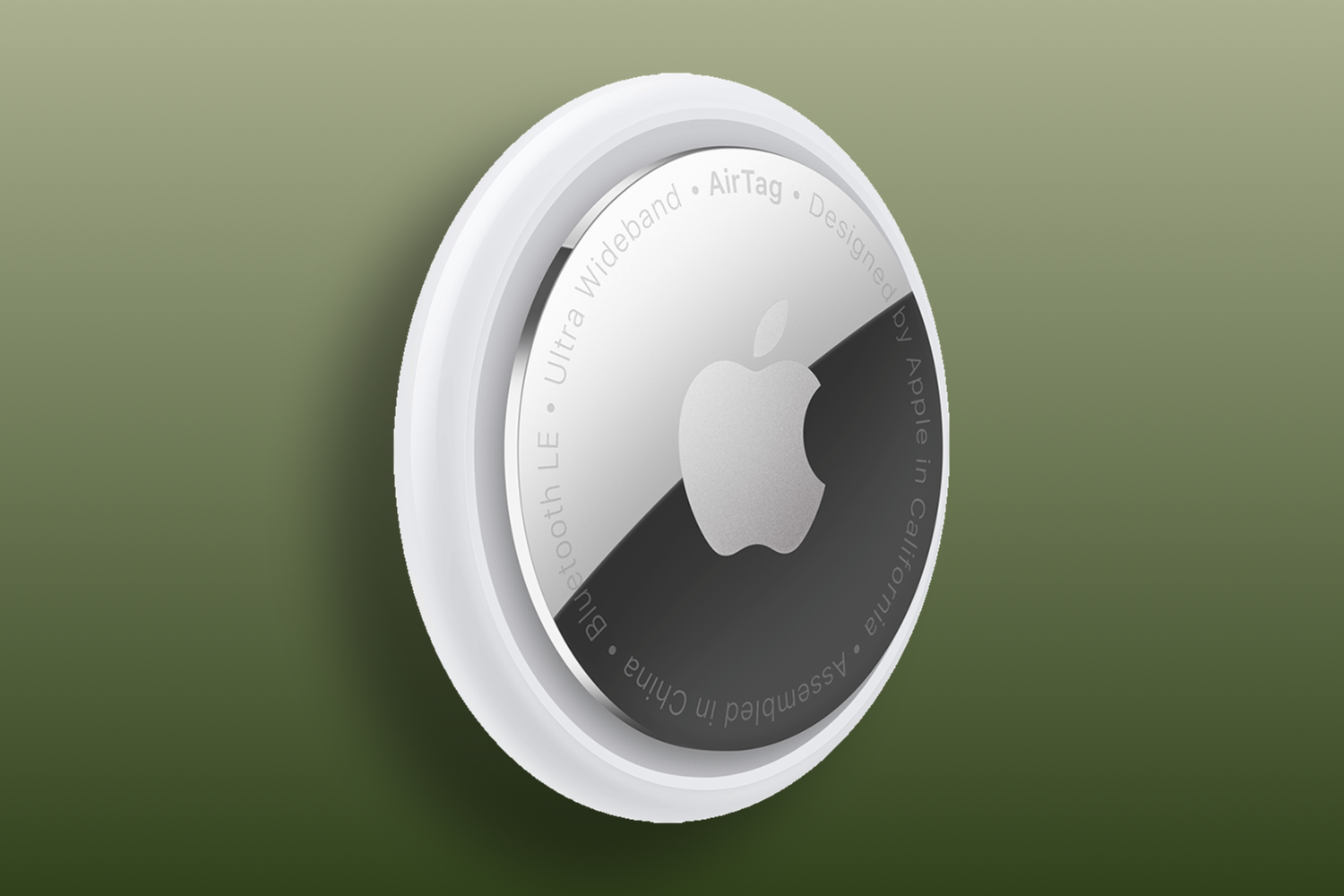The Nintendo DS has turned 20. And even today, there’s not been another handheld games console like it. Two screens. A scribbling stick. Revolutionary stuff. So let’s spend some time celebrating a handheld that dared to be different.
OK… What’s the line again? “If you see a stylus, they blew it.” Ha! Take that, Nintendo!
Sigh. That was a Steve Jobs line about smartphones. But further back in 2004, the stylus was an innovation in games consoles. As was a two-screen setup, which recalled the classic Donkey Kong Game & Watch. And with the bottom display also being a touchscreen, Nintendo was challenging game creators to try new things. Blew it? Hardly: the DS sold over 150 million units… though you did get to ‘blow it’ in a more literal sense when games asked you to, say, make pan-pipes play on screen.
Sorry… what?
Remember, this was a console about bucking conventions. Sure, it had a D-pad, buttons and triggers, but Nintendo wanted to once again position itself in the market as a force for innovation – so it encouraged intuitive, direct interaction with games. The result was a system that felt excitingly inclusive. It drew in people who’d never had a console before, and it prompted an explosion in reimagining game design – from Brain Training having you hold the DS like a book to Pac-Pix bringing freeform mutant dot-muncher scribbles to life.
And it drew in so many new gamers that the DS… ceased to exist. Where is it now, eh?
In the DNA of countless devices around the world. The DS paved the way for mobile and casual gaming, through allowing you to play games by prodding screens. And it revitalised Nintendo and the games industry as a whole, by proving success could come from daring to be different. So while the DS was supplanted by smartphones, its spirit lives on in Ninty’s own Switch, and in more out-there hardware such as Panic’s Playdate. Of course, not even Nintendo considered a handheld with a hand crank – but it probably wishes it had.
Six of the best: Nintendo DS games
OK, look. This is a Nintendo console and there were great versions of Mario Kart, Super Mario Bros, Zelda and Pokémon. So we’re ignoring those and picking a half-dozen other standouts that made great use of the hardware.
Zoo Keeper (2004) started in the browser, but made sense on DS. By letting you directly manipulate the match-three grid, you could whip up insane high scores, all while wondering why a zoo ended up with hundreds of giraffes and lions in the first place.
Kirby: Canvas Curse (2005) freed the pink puffball from your control and instead had you manipulate the world around him. So while Kirby blithely trundled around, you’d draw bridges and protective barriers and manically stab foes to make them disappear.
Elite Beat Agents (2006) – or Osu! Tatakae! Ouendan if you go back to the source – was a rhythm action effort where you danced to victory by tapping/scribbling on the lower screen while getting mildly concerned about the deranged cartoons above.
Space Invaders Extreme (2008) wasn’t the only game that did the double-height play area (albeit with a gap in the middle) thing. But it’s included here because it took an ancient classic and made it the most compelling shooter imaginable. Superb.
Advance Wars: Dual Strike (2005) made people question how you could follow up the near-perfect GBA turn-based classic. By allowing people to direct action with the stylus, that’s how, eradicating fiddliness while retaining everything good about its predecessor.
Nintendogs (2005) had you train a virtual pup via voice commands and virtual head skritches. Hardcore gamers mocked it. But this wholesome effort was just what you needed after scrambling your brains playing high-octane fare elsewhere on this list.











